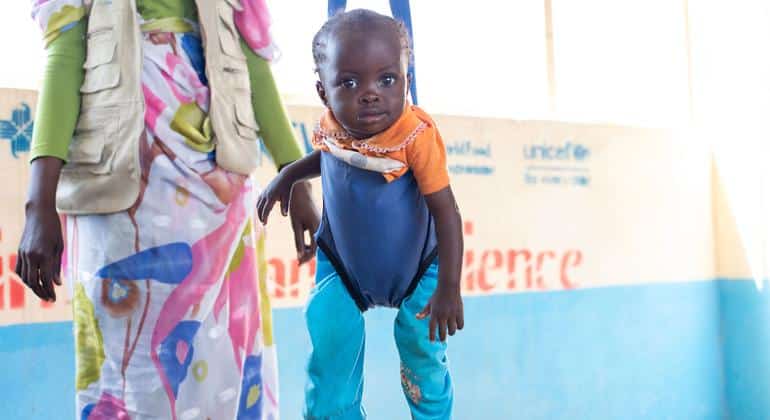Here’s the translation to American English:
—
A recent analysis of the food situation in Sudan has revealed severe inequalities stemming from the conflict affecting the country. Three UN agencies have published a report highlighting how, although some areas have seen slight improvements in food security, famine remains a reality in isolated and besieged localities.
The report confirms famine conditions in two specific cities: El Fasher in Darfur and Kadugli, both of which have experienced months of critical food and medical shortages. This alarming outlook has been shared by the FAO, the World Food Programme, and UNICEF, who warn of an escalating humanitarian crisis over time.
UN Secretary-General António Guterres has called for an immediate ceasefire, emphasizing the dire situation facing Sudan since fighting began in April 2023 between rival factions. Recently, El Fasher has fallen under the control of rebels after more than 500 days of siege, resulting in significant devastation and the tragic deaths of hundreds of civilians, including humanitarian workers.
The magnitude of the crisis is evident, with approximately 21.2 million people, close to 45% of the Sudanese population, facing high levels of acute food insecurity. While the report highlights a slight improvement, with 3.4 million people no longer in a state of critical hunger, UN agencies warn that these advances are fragile and limited to specific areas. The country’s economy has been severely impacted, as have its basic services.
Despite expectations of favorable conditions for the harvest in the coming months, the persistence of conflict in crucial regions like Darfur and Kordofan limits the recovery of many families who have lost nearly everything. The situation could worsen as food reserves continue to dwindle and clashes persist.
The isolation of El Fasher and Kadugli has led to the declaration of famine in these regions. In South Kordofan, Dilling faces similar conditions, but the lack of data prevents its official classification. Additionally, the risk of famine extends to several areas in Greater Darfur and Greater Kordofan, with alarmingly high malnutrition rates ranging from 38% to 75% in El Fasher.
The crisis is exacerbated by outbreaks of cholera, malaria, and measles, in a context where health and water systems have collapsed, leaving millions of Sudanese in a state of extreme vulnerability.
Referrer: MiMub in Spanish
